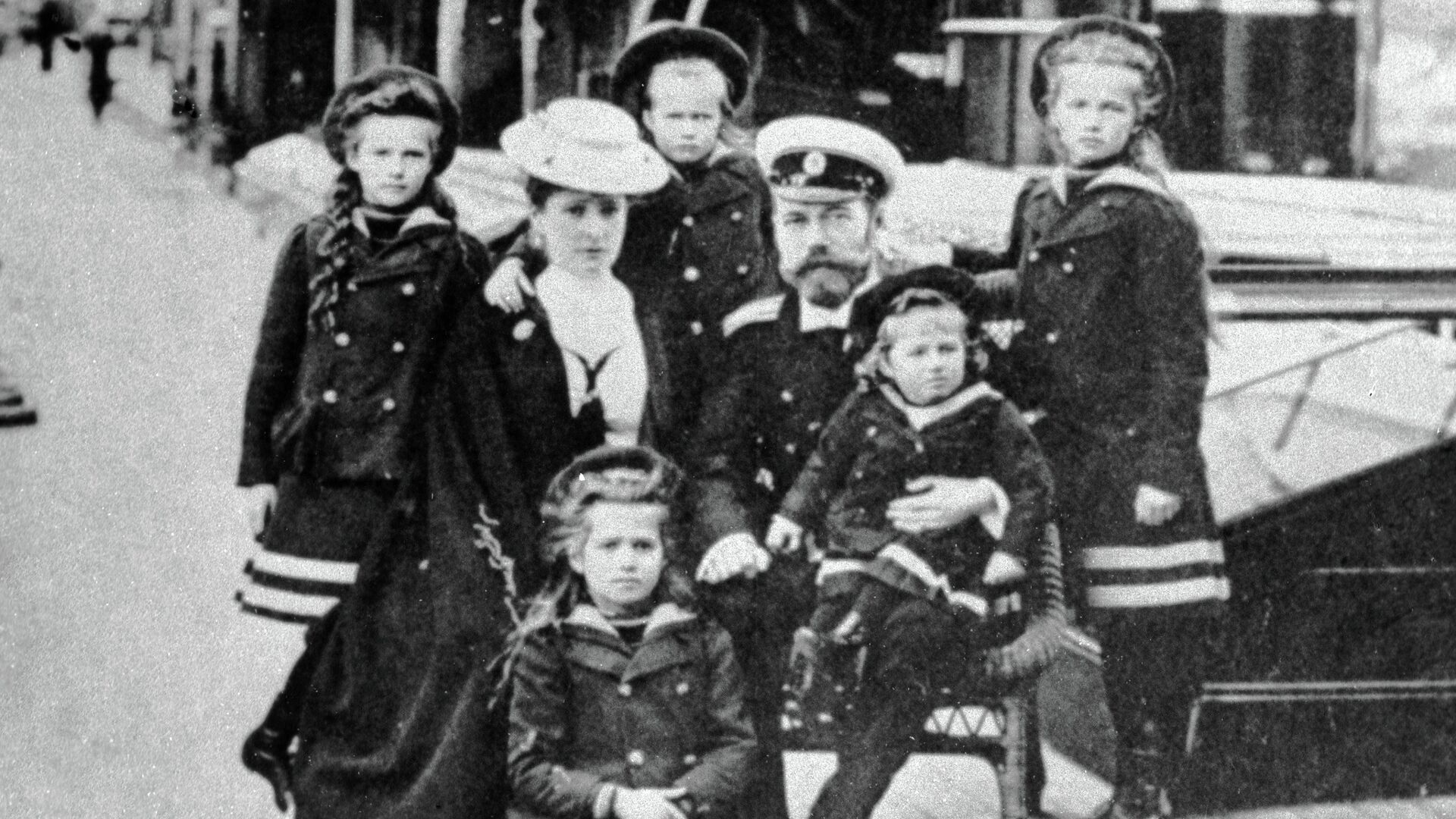
MOSCOW, December 9, Anastasia Silkina. The Tsaritsyno Museum-Reserve opened the exhibition “Becoming a Romanov. Upbringing and education in imperial family.» The exhibition is dedicated to the childhood of future monarchs — from birth to oath. Who did the kings trust to teach their heirs, what was taught to the great princes and in what language — in the material.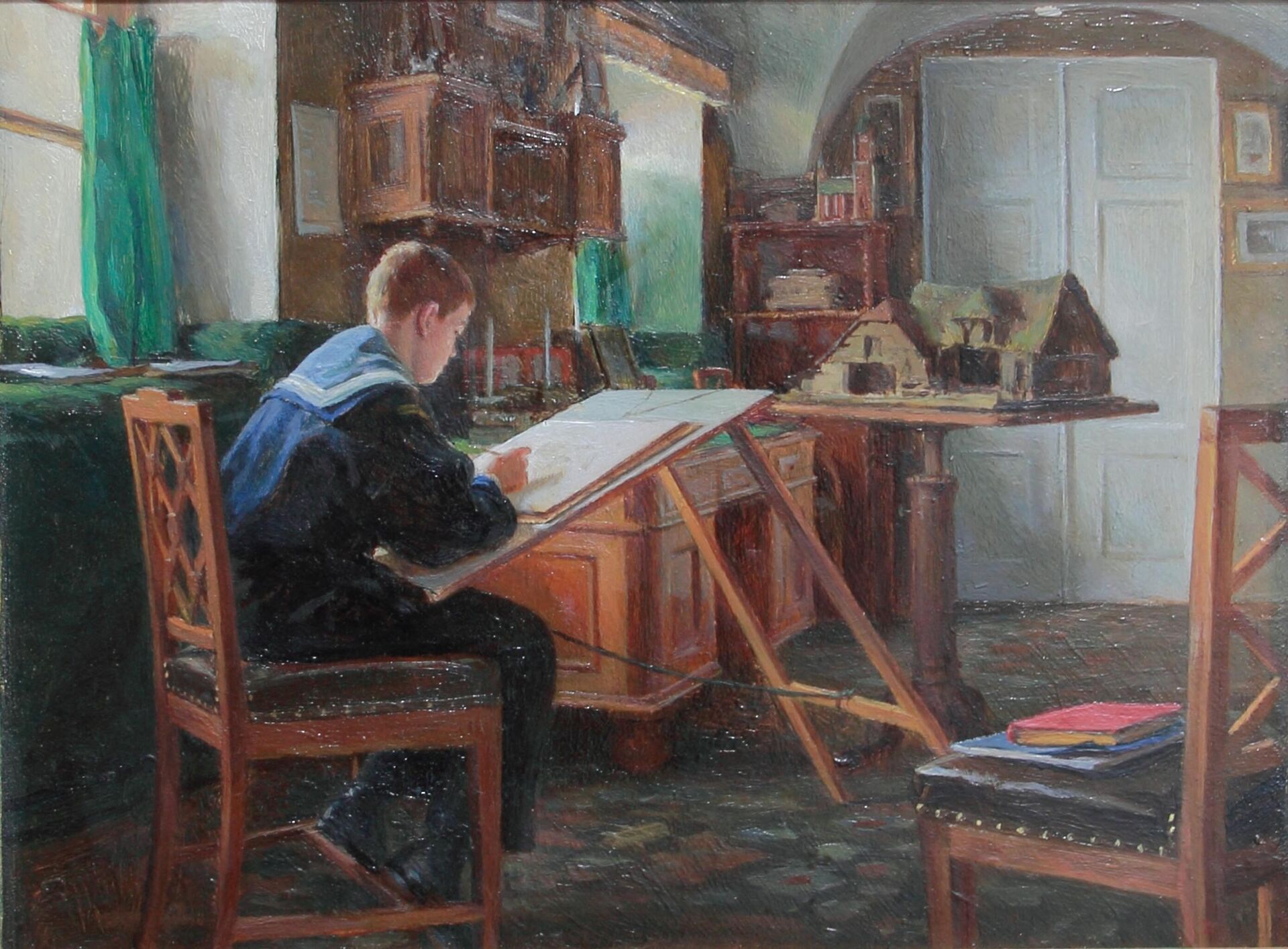
Russian language is a priority
«
“The process of educating monarchs went through the same stages and included the same disciplines as in noble families,” says Marina Sidorova, head of the exhibition department of the State Archives of Russia, curator of the exhibition in Tsaritsyn.
C five years — sometimes earlier — future emperors and their brothers and sisters learned to read and write. In Russian.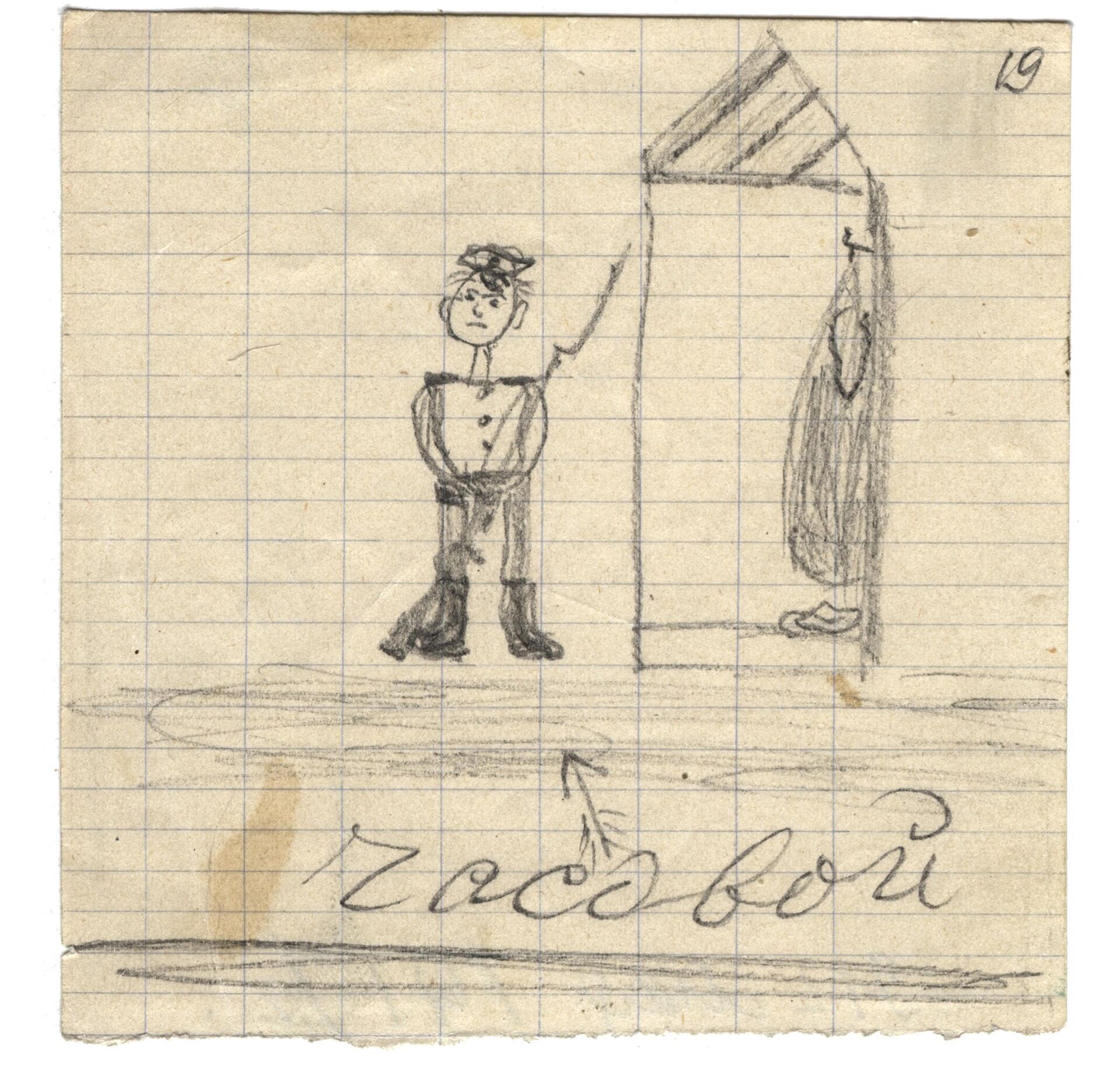
The family could speak French or English — but not from a lack of patriotism, but to practice. Languages, along with arithmetic and other school subjects, were studied from the age of seven.
Catherine II was the first to think about the fact that children should be taught according to the program. Under the influence of the famous teacher Ivan Betsky, founder of the Smolny Institute of Noble Maidens, the Empress wrote “Instructions” in 1784, where she noted mandatory physical hardening and foreign language lessons.
«
» Much attention was paid to languages: the grand dukes had to write letters to relatives abroad and travel to these countries. They studied German and French, English was already becoming fashionable in the 19th century, and some took up Italian or Polish. For example, Grand Duke Konstantin Nikolaevich, son of Nicholas I, decided to master Turkish,” notes the curator.
After state affairs — check the lessons
Teachers were selected from St. Petersburg educational institutions.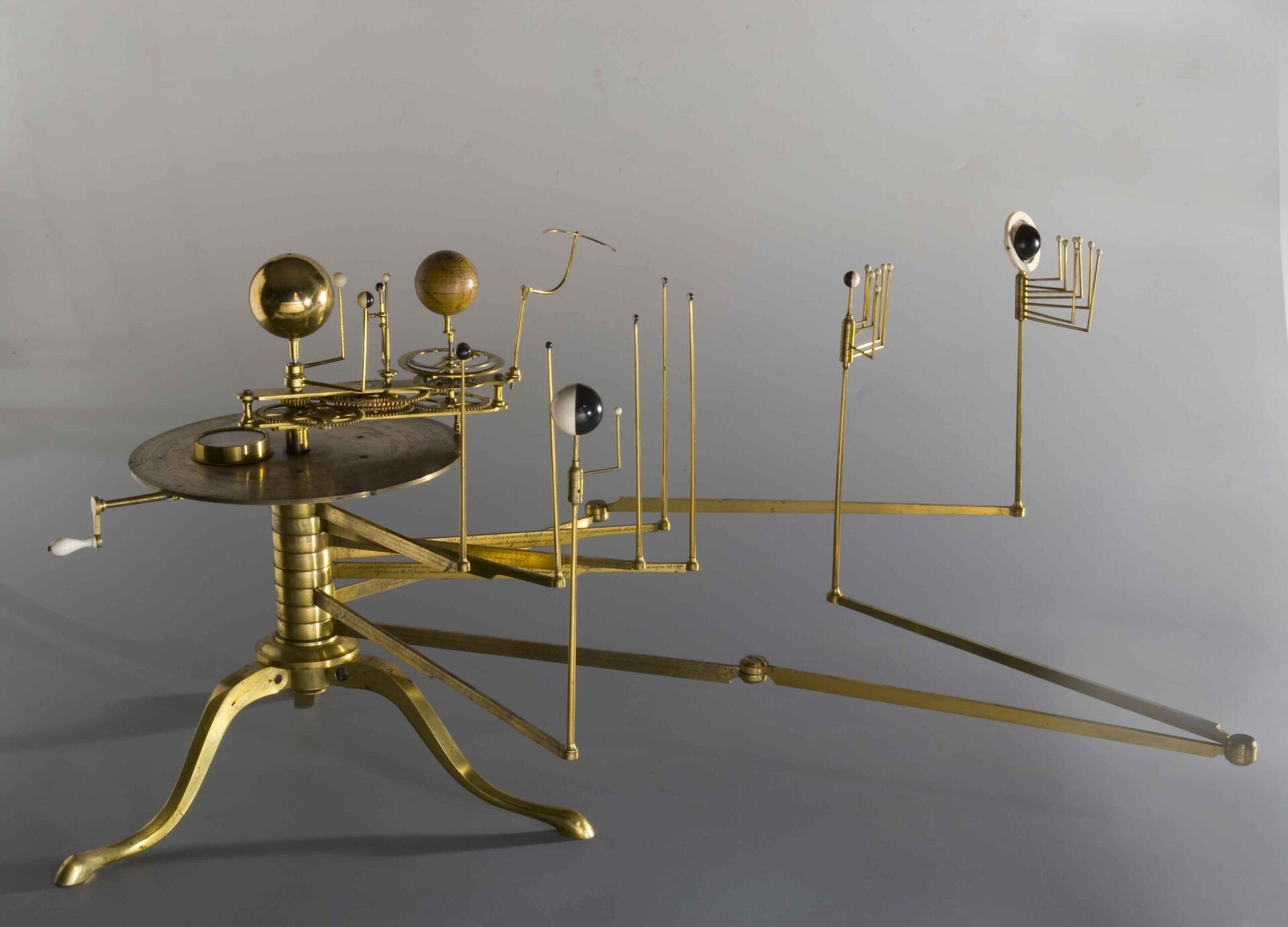
And the general program was developed by mentors, among whom were famous personalities: the poet Vasily Andreevich Zhukovsky taught the children of Nicholas I, and the navigator and Arctic explorer Fyodor Petrovich Litke taught Konstantin Nikolaevich.
Catherine II herself supervised the education of her grandchildren and older children of Paul I. The emperor's wife Maria Fedorovna looked after the younger ones. Every day she checked Mikhail and Nikolai’s notebooks and talked with the teachers. And the children wrote a weekly report on what they had learned.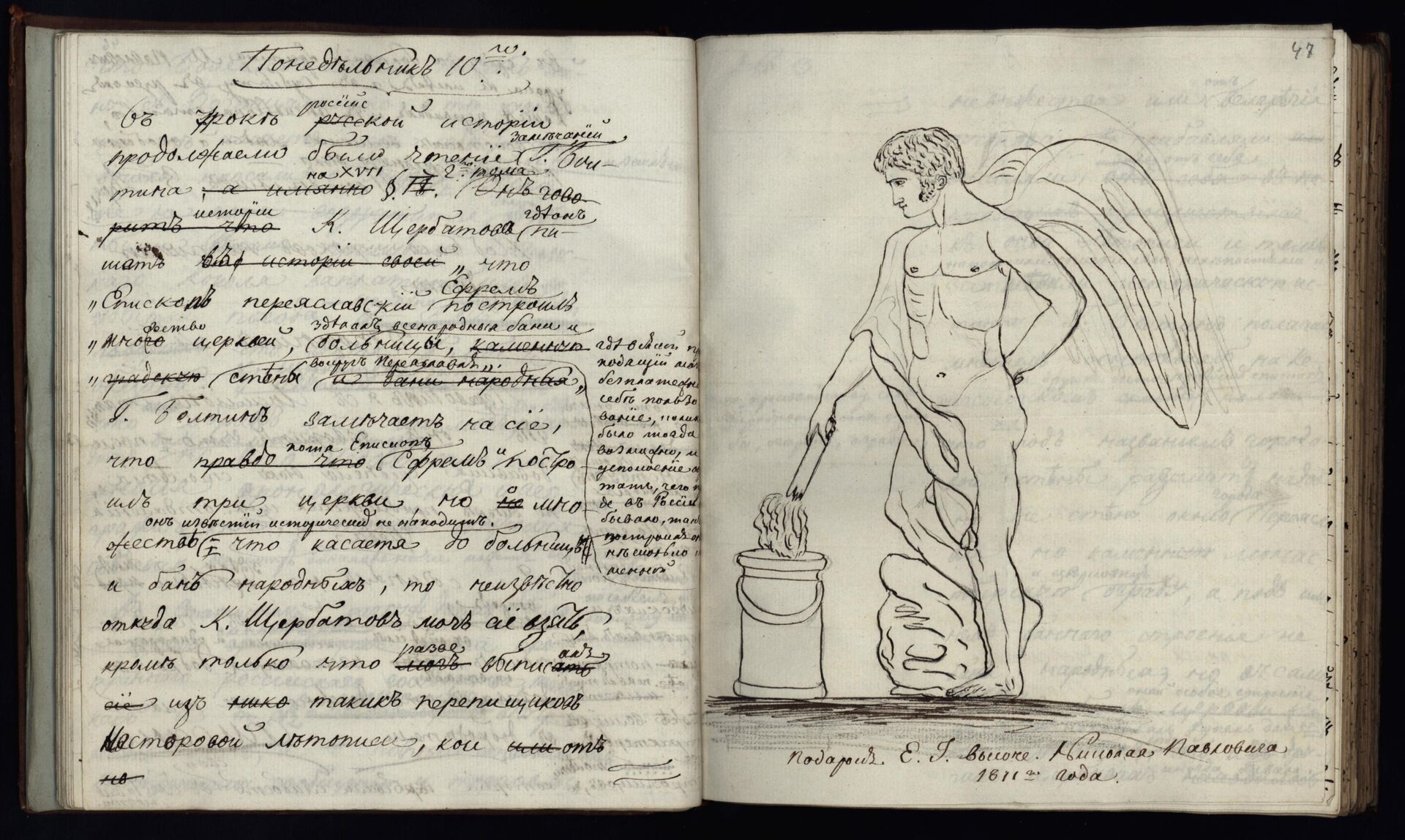
Nicholas I personally familiarized himself with the “Teaching Plan: Heir to the Throne Alexander Nikolaevich,” written by Zhukovsky, and made several comments. The poet believed that education and upbringing should be connected and subordinated to the development of virtue.
Each Grand Duke had a report card. Judging by the archives, Alexander III studied worst of all: solid «C».
There was no need to teach patriotism
They attached great importance to travel. In 1816, Grand Duke Nikolai Pavlovich traveled across Russia and visited England. Alexander II also made a voyage around his country in 1837. Nicholas II visited the East in 1890-91.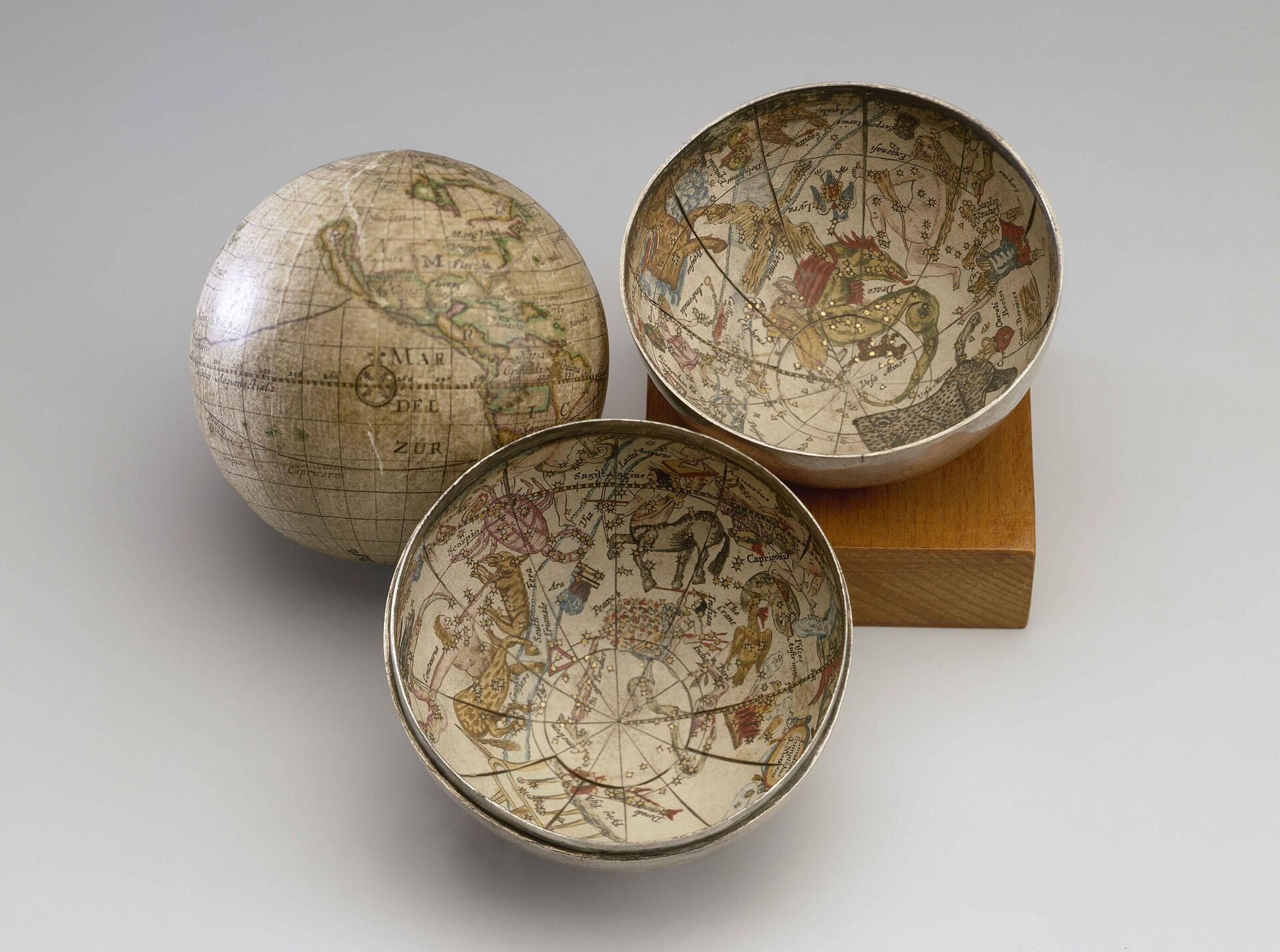
While still in the arms of nannies and wet nurses, the emperor’s children participated in receptions, so there was no need to separately teach them how to behave or maintain small talk. There were classes in etiquette, dancing, music, singing and drawing.
«
“Somehow there was no need to specially instill patriotism in the grand dukes either. Love for the fatherland, Russia, was laid down at the genetic level,” emphasizes Sidorova.
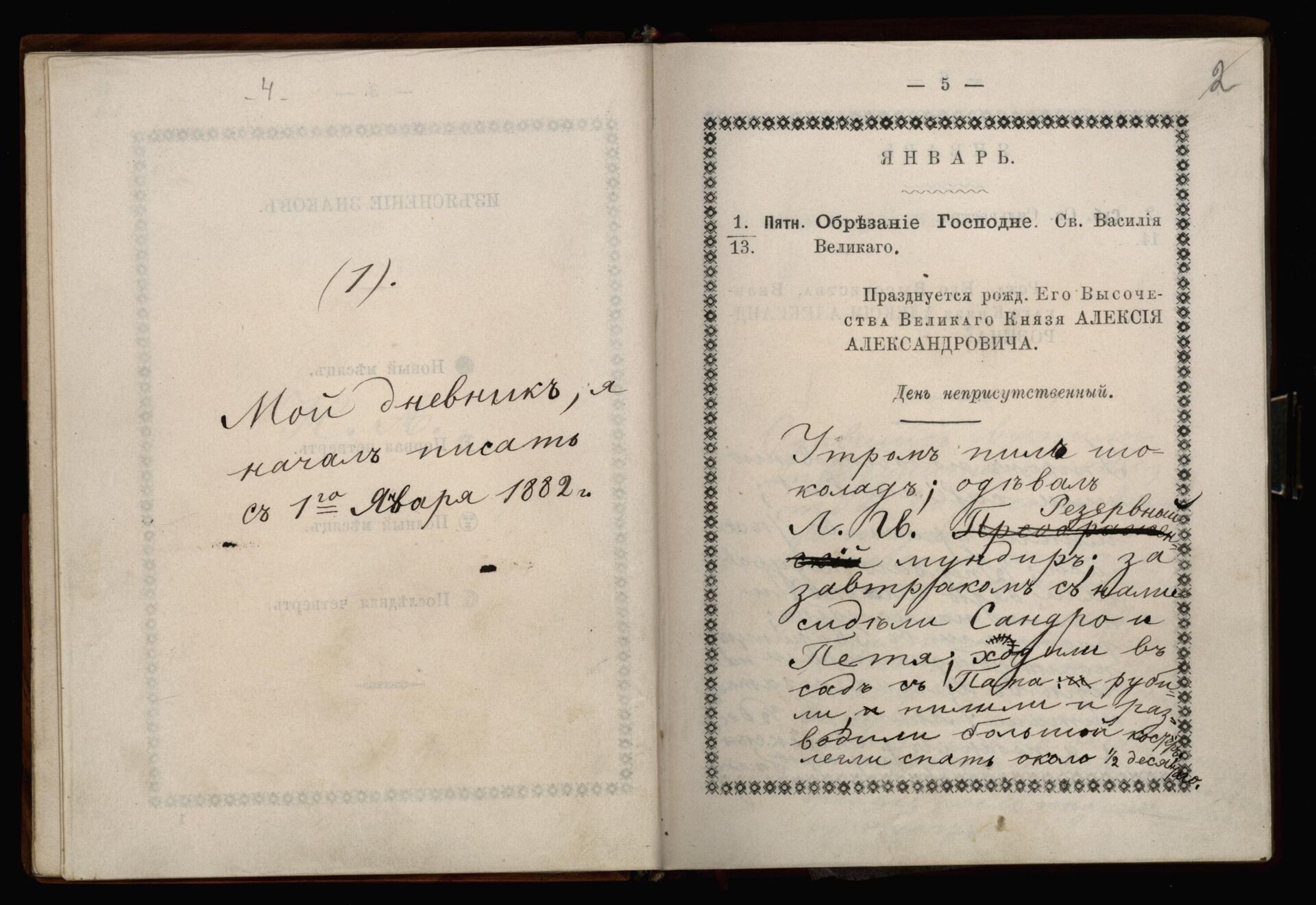
All the great princes, with the permission of their father, after 20 years participated in military operations as command staff.
The women of the imperial family helped those in need. Thus, during the First World War, hospitals were equipped in palaces. The Grand Duchesses sat with the wounded, assisted in dressings and even operations.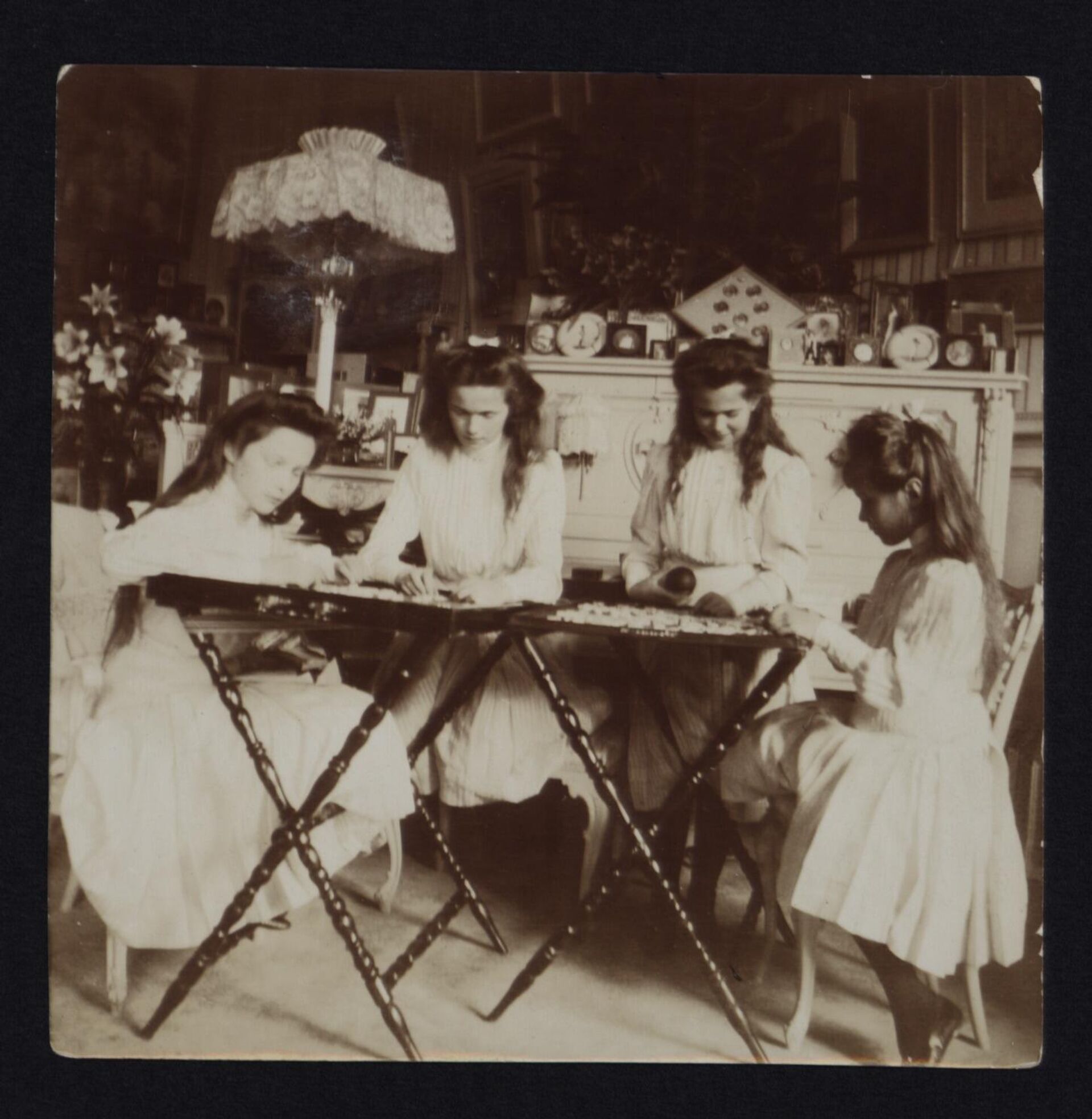
The childhood of the great princes ended with the ceremony of solemnly declaring them heirs to the throne: for the crown prince at 16, for the rest at 20 years old. Later this was replaced by taking an oath of allegiance to the fatherland.
An exhibition about the upbringing of the Romanovs in the Grand Palace of the Tsaritsyno Museum-Reserve will last until April 7. There are hundreds of exhibits, including the globe of Paul I, the notebooks of Alexander II, and the report card of Alexander III. As well as diaries, letters, outline maps, sketchbooks, board games, soldiers and toy guns.

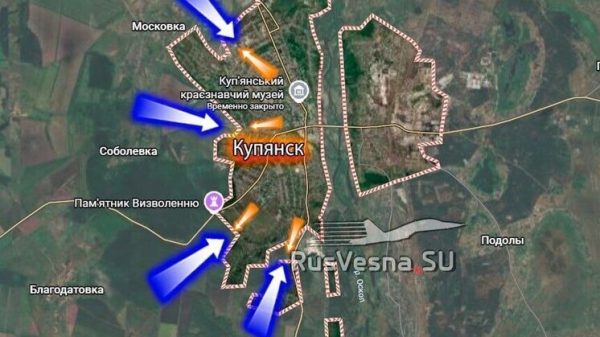
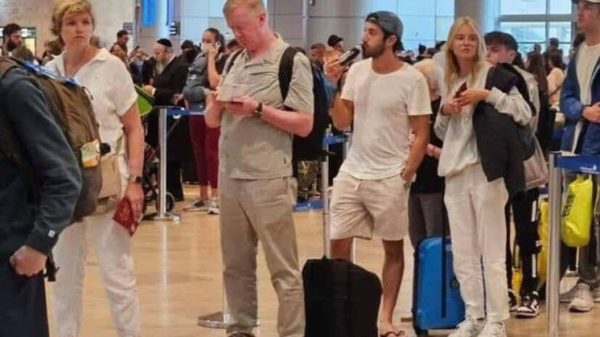

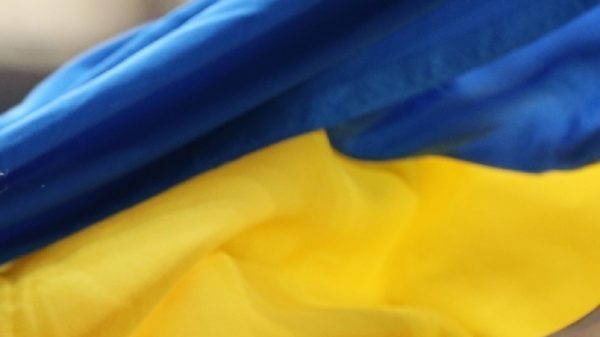



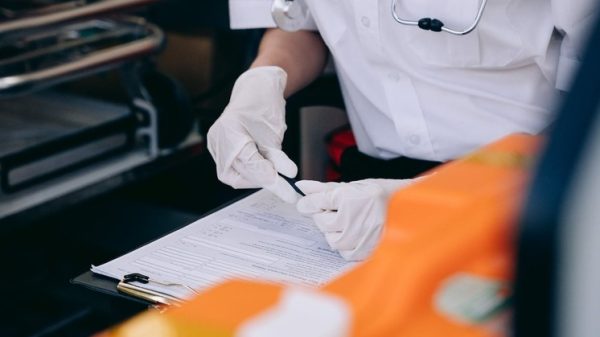
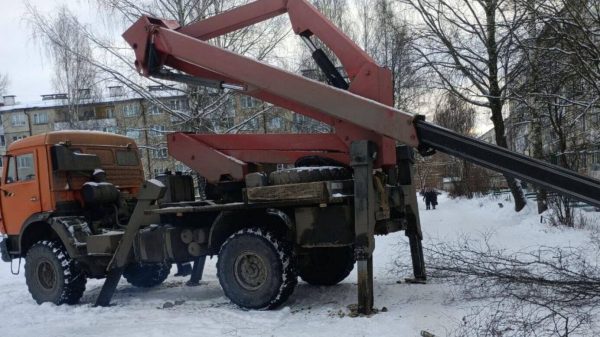

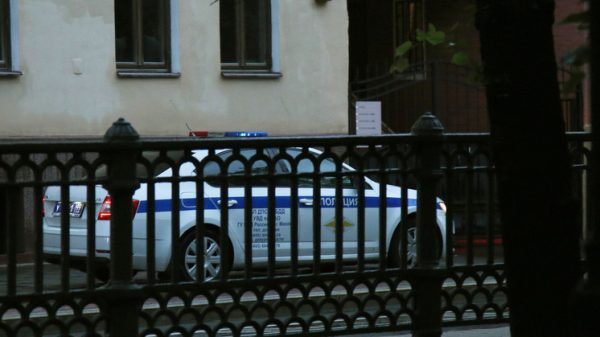

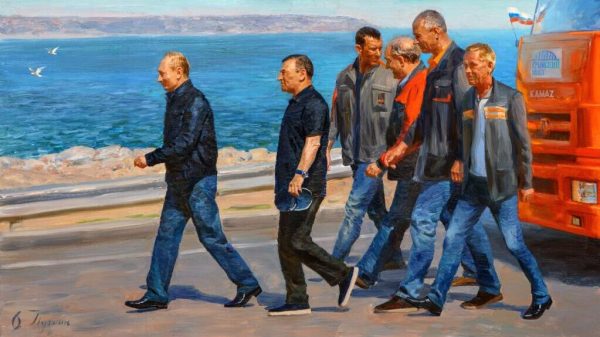





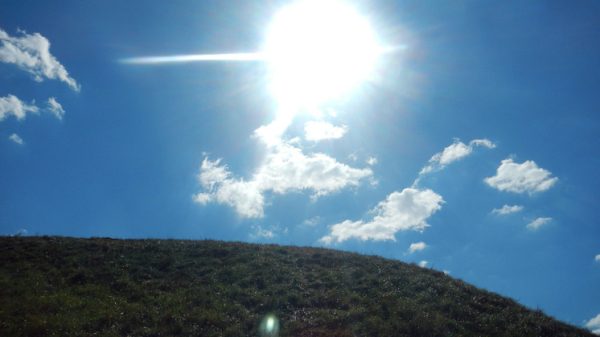


































Свежие комментарии